Evaluating the Impacts of Courtyards on Educational Buildings, Case Study in the University of Sharjah
Abstract
:1. Introduction
2. Courtyard as a Climate Responsive Design Strategy in UAE
Courtyards Applications in Sharjah, UAE
3. Case Study: The College of Fine Arts and Design
3.1. Climate in Sharjah, UAE
3.2. Courtyards at the College of Fine Arts and Design (CFAD)
3.3. Case Study Assessments Parameters
4. Case Study Monitoring
4.1. Case Study Assessments Parameters
4.1.1. Sun–Shadow Relation
4.1.2. Comparative Thermal Analysis
4.2. Social Performance Indicators
| before Occupation | Modelling | after Occupation | |
|---|---|---|---|
| Courtyard 1 |  |  |  |
| Courtyard 2 | 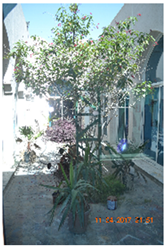 | 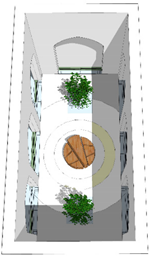 |  |
| Courtyard 3 | 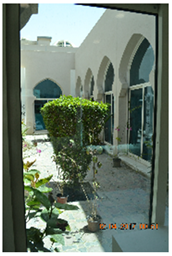 | 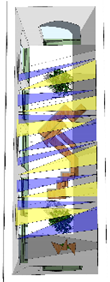 |  |
| Courtyard 4 |  |  |  |
5. Conclusions
Author Contributions
Funding
Institutional Review Board Statement
Informed Consent Statement
Data Availability Statement
Conflicts of Interest
References
- Aldawoud, A. Thermal performance of courtyard buildings. Energy Build. 2008, 40, 906–910. [Google Scholar] [CrossRef]
- Al Masri, N.R. Courtyard Housing in Midrise Building an Environmental Assessment in Hot-Arid Climate; The British University in Dubai: Dubai, United Arab Emirates, 2010. [Google Scholar]
- Meir, I.A.; Pearlmutter, D.; Etzion, Y. On the microclimatic behavior of two semi-enclosed attached courtyards in a hot dry region. Build. Environ. 1995, 30, 563–572. [Google Scholar] [CrossRef]
- Al-Mumin, A.A. Suitability of sunken courtyards in the desert climate of Kuwait. Energy Build. 2001, 33, 103–111. [Google Scholar] [CrossRef]
- Soflaei, F.; Shokouhian, M.; Abraveshdar, H.; Alipour, A. The impact of courtyard design variants on shading performance in hot- arid climates of Iran. Energy Build. 2017, 143, 71–83. [Google Scholar] [CrossRef]
- Muhaisen, A.S. Shading simulation of the courtyard form in different climatic regions. Build. Environ. 2006, 41, 1731–1741. [Google Scholar] [CrossRef]
- Ahmed, A.Q. Energy Performance of Courtyard and Atrium in Different Climates. Renew. Energy Archit. 2013, 1–14. Available online: https://www.academia.edu/6711608/Energy_Performance_of_Courtyard_and_Atrium_in_Different_Climates (accessed on 15 November 2021).
- Wei, J.; Yu, F.; Liang, H.; Luo, M. Thermal Performance of Vertical Courtyard System in Office Buildings Under Typical Hot Days in Hot-Humid Climate Area: A Case Study. Sustainability 2020, 12, 2591. [Google Scholar] [CrossRef] [Green Version]
- Ghaffarianhoseini, A.; Berardi, U.; Ghaffarianhoseini, A. Thermal performance characteristics of unshaded courtyards in hot and humid climates. Build. Environ. 2015, 87, 154–168. [Google Scholar] [CrossRef]
- Almhafdy, A.; Ibrahim, N.; Ahmad, S.S.; Yahya, J. Analysis of the Courtyard Functions and its Design Variants in the Malaysian Hospitals. Procedia Soc. Behav. Sci. 2013, 105, 171–182. [Google Scholar] [CrossRef] [Green Version]
- Toone, T.L. Effect of Healing Garden Use on Stress Experienced by Parents of Patients in a Pediatric Hospital; Texas A&M University: College Station, TX, USA, 2008. [Google Scholar]
- Zamani, Z.; Taleghani, M.; Hoseini, S.B. Courtyards as solutions in green architecture to reduce environmental pollution. Energy Educ. Sci. Technol. Part A Energy Sci. Res. 2012, 30, 385–396. [Google Scholar]
- The 3 Pillars of Corporate Sustainability. Available online: https://www.investopedia.com/articles/investing/100515/three-pillars-corporate-sustainability.asp (accessed on 15 November 2021).
- Stang, A.; Hawthorne, C. The Green House: New Directions in Sustainable Architecture; Princeton Architectural Press: New York, NY, USA, 2005. [Google Scholar]
- Tawfiq, F.A.H. Building a zero-energy house for UAE: Traditional architecture revisited. Zemch Netw. 2016, 319–327. Available online: https://aurak.ac.ae/publications/Building-A-Zero-Energy-House-for-UAE-Traditional-Architecture-Revisited.pdf (accessed on 15 November 2021).
- Abdelmalek, A. The courtyard houses of southern Algeria. In Courtyard Housing: Past, Present and Future; Edwards, B., Sibley, M., Hakmi, M., Land, P., Eds.; Taylor and Francis: Oxfordshire, UK, 2006; pp. 54–66. [Google Scholar]
- Rajapaksha, I.; Nagai, I.; Okumiya, M. Indoor airflow behavior and thermal comfort in a courtyard house in warm humid tropics. Indoor Air 2002, 2002, 1072–1077. [Google Scholar]
- Eissa, M. Ecological Aspects of the Courtyard House as a Passive Cooling System. 2004. Available online: https://www.researchgate.net/publication/258344679_Ecological_Aspects_of_the_Courtyard_House_As_a_Passive_Cooling_System (accessed on 15 November 2021).
- Wadah, H. Climatic Aspects and Their Effect on the Dimensions of Courtyards in Arab Buildings. In Courtyard Housing: Past, Present and Future; Edwards, B., Sibley, M., Hakmi, M., Land, P., Eds.; Taylor and Francis: Oxfordshire, UK, 2006; pp. 220–230. [Google Scholar]
- Abedini, M. The courtyard houses of Syria. In Courtyard Housing: Past, Present and Future; Edwards, B., Sibley, M., Hakmi, M., Land, P., Eds.; Taylor and Francis: Oxfordshire, UK, 2006; pp. 41–53. [Google Scholar]
- Talib, K. Shelter in Saudi Arabia. In Passive and Low Energy Alternatives; Elsevier: Amsterdam, The Netherlands, 1982. [Google Scholar]
- Edwards, B.; Sibley, M.; Hakmi, M.; Land, P. (Eds.) Courtyard Housing: Past, Present and Future; Taylor and Francis: Oxfordshire, UK, 2006. [Google Scholar]
- College of Fine Arts and Design, University of Sharjah. Available online: https://www.sharjah.ac.ae/en/Media/Publications/Catalogues/FineArts_Catalog/HTML/files/mobile/index.html#1 (accessed on 15 November 2021).
- Sharjah, Wikipedia. 2020. Available online: https://en.wikipedia.org/wiki/Sharjah (accessed on 15 November 2021).
- Sharjah Climate (United Arab Emirates). Available online: https://en.climate-data.org/asia/united-arab-emirates/sharjah/sharjah-5635/ (accessed on 15 November 2021).
- Mushtaha, E.S.; Enai, M.; Mori, T. Sustainable Design for the Residences in Gaza City. J. Asian Arch. Build. Eng. 2005, 4, 271–278. [Google Scholar] [CrossRef]
- Hao, S.; Yu, C.; Xu, Y.; Song, Y. The Effects of Courtyards on the Thermal Performance of a Vernacular House in a Hot-Summer and Cold-Winter Climate. Energies 2019, 12, 1042. [Google Scholar] [CrossRef] [Green Version]
- Sayary, S.E.; Omar, O.M. Re-Thinking Courtyard Housing: Development of Traditional Islamic Courthouses into Zero-Energy Buildings. In Proceedings of the World Sustainable Built Environment Conference 2017 Hong Kong Transforming Our Built Environment through Innovation and Integration: Putting Ideas into Action, Hong Kong, China, 5–7 June 2017. [Google Scholar]
- Omar, O. Near Zero-Energy Buildings in Lebanon: The Use of Emerging Technologies and Passive Architecture. Sustainability 2020, 12, 2267. [Google Scholar] [CrossRef] [Green Version]
- Foruzanmehr, A. Thermal Comfort in Hot Dry Climates: Traditional Dwellings in Iran; Routledge: London, UK, 2018. [Google Scholar]
- Fathy, H. Natural Energy and Vernacular Architecture; The University of Chicago Press: Chicago, IL, USA, 1986. [Google Scholar]
- Climate and Average Weather Year Round in Sharjah United Arab Emirate. Available online: https://weatherspark.com/y/105471/Average-Weather-in-Sharjah-United-Arab-Emirates-Year-Round (accessed on 19 December 2021).
- Subhashini, S.; Thirumaran, K. CFD simulations for examining natural ventilation in the learning spaces of an educational building with courtyards in Madurai. Build. Serv. Eng. Res. Technol. 2019, 41, 466–479. [Google Scholar] [CrossRef]
- Tafti, F.A.; Rezaeian, M.; Razavi, S.E. Sunken courtyards as educational environments: Occupant’s perception and environmental satisfaction. Tunn. Undergr. Space Technol. 2018, 78, 124–134. [Google Scholar] [CrossRef]
- Abdallah, A.S.H.; Mohammad, D.A.; Ali, A.-M.M. The influence of different courtyard ratios in university buildings on their thermal performance during the hot period: (Faculties of Agriculture and Education, New Sohag University, Egypt as a case study). Proc. IOP Conf. Ser. Earth Environ. Sci. 2019, 397, 012019. [Google Scholar] [CrossRef]
- Fernandez-Antolin, M.-M.; Del-Río, J.-M.; Gonzalo, F.D.A.; Gonzalez-Lezcano, R.-A. The Relationship between the Use of Building Performance Simulation Tools by Recent Graduate Architects and the Deficiencies in Architectural Education. Energies 2020, 13, 1134. [Google Scholar] [CrossRef] [Green Version]
- Omar, O.; García-Fernández, B.; Fernandez-Balbuena, A.A.; Vázquez-Moliní, D. Optimization of daylight utilization in energy saving application on the library in faculty of architecture, design and built environment, Beirut Arab University. Alex. Eng. J. 2018, 57, 3921–3930. [Google Scholar] [CrossRef]

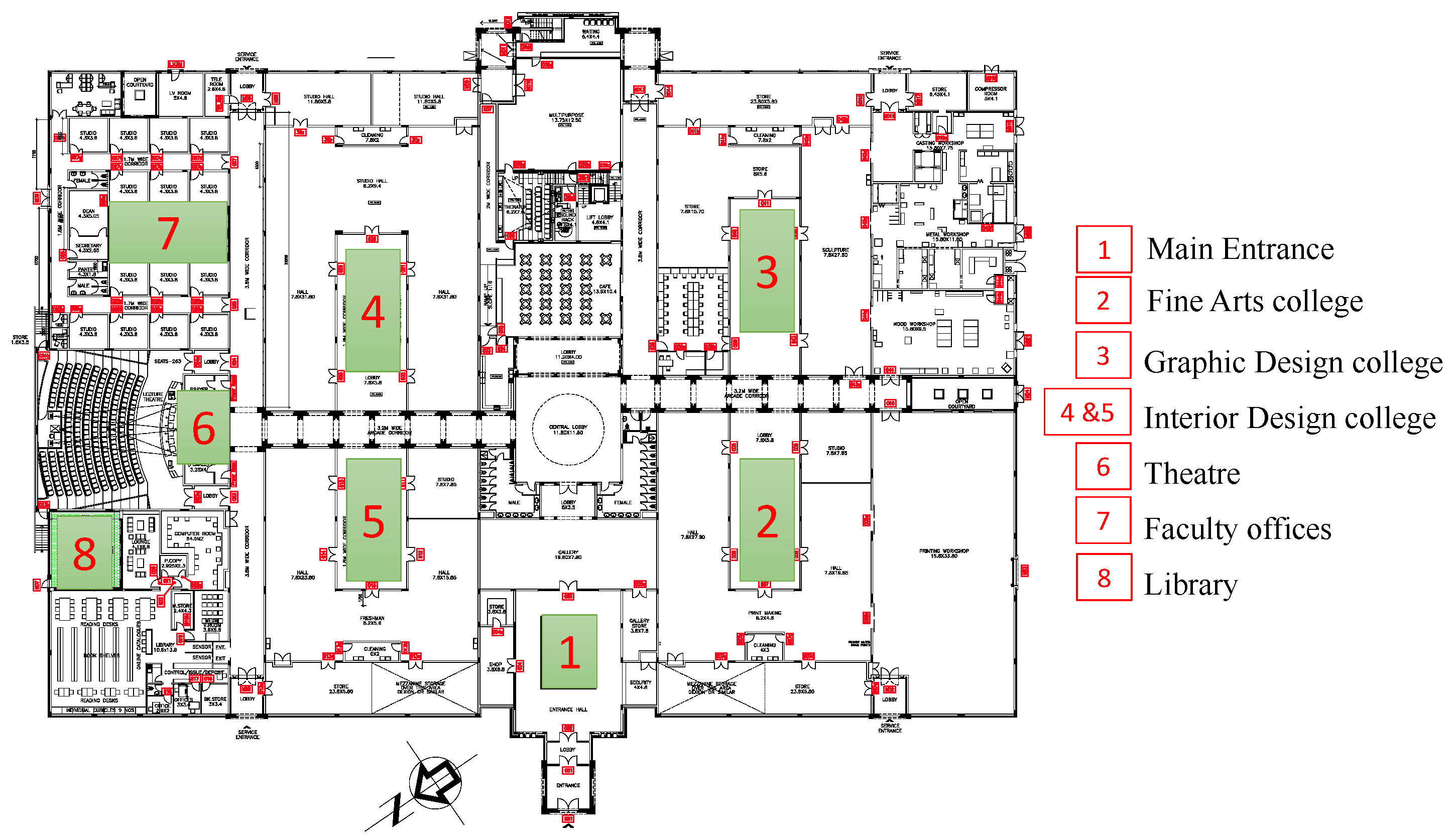



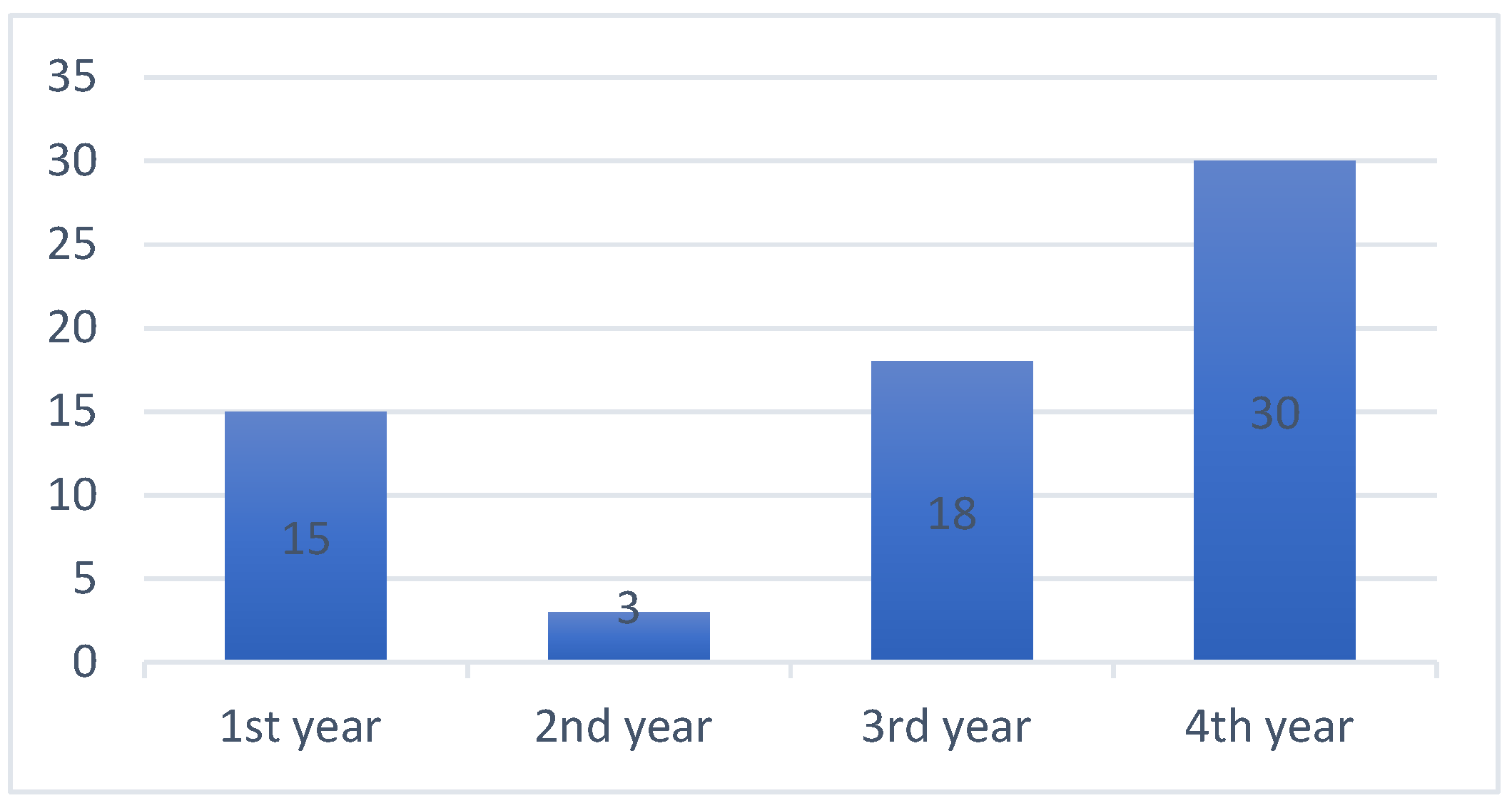



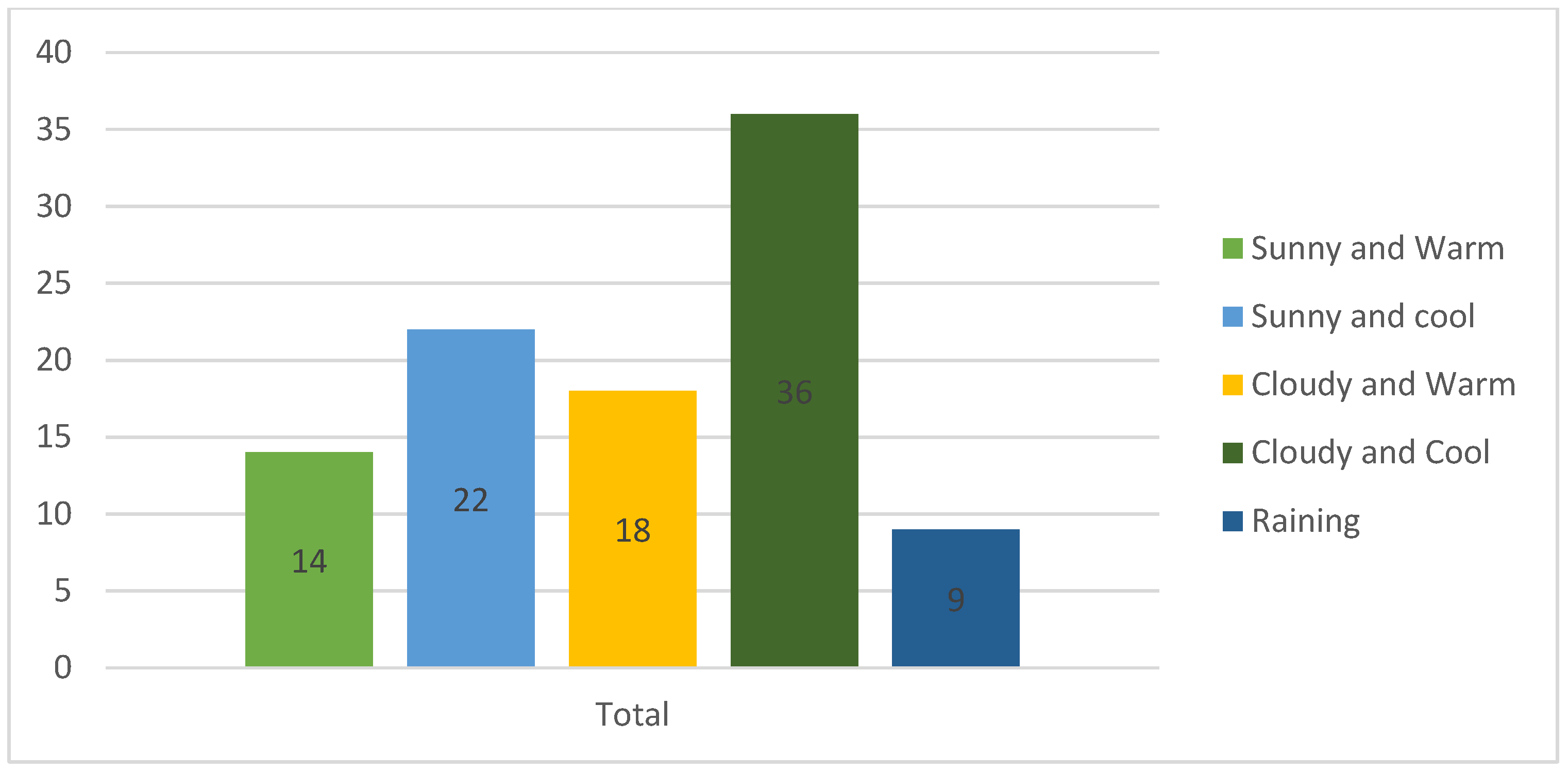

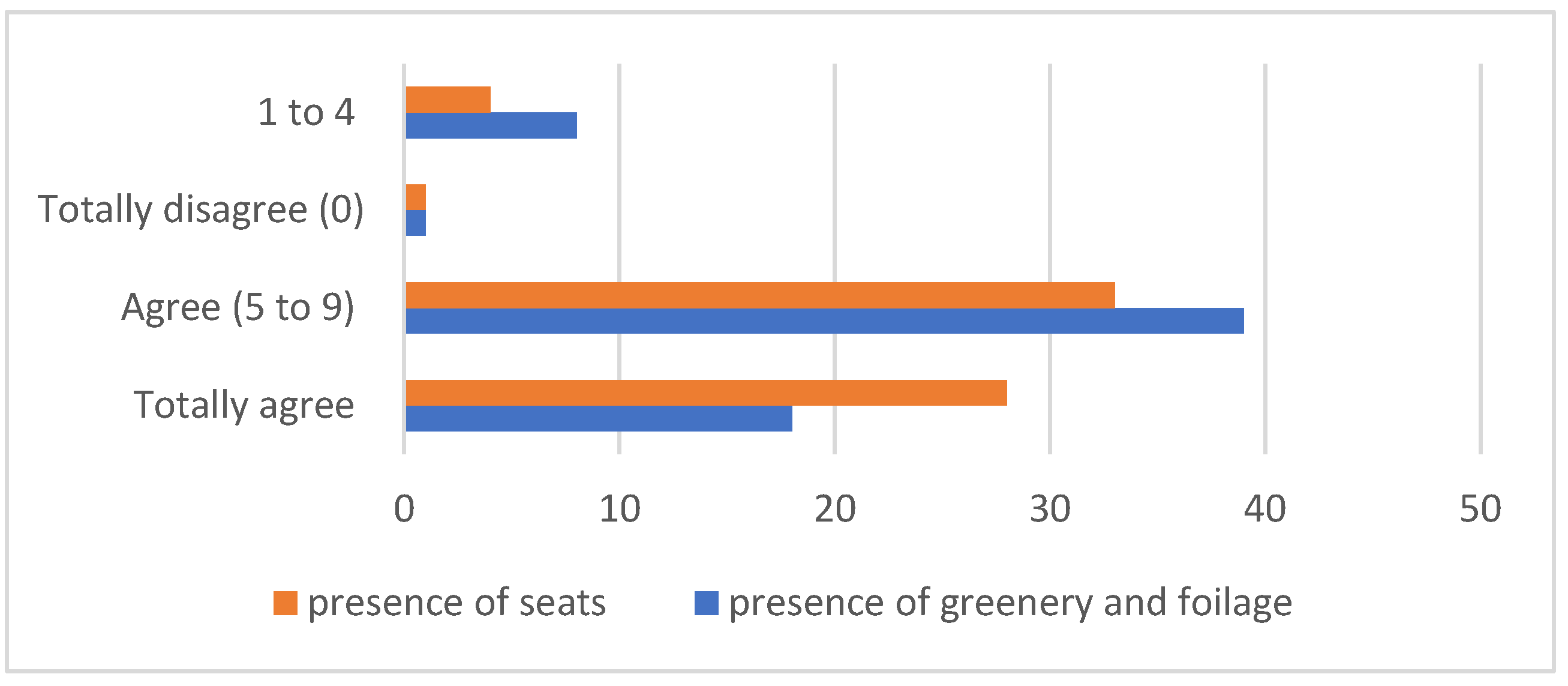
| Name | Description | Drawing (Plan) |
|---|---|---|
The Dean’s housing at the American University of Sharjah (AUS)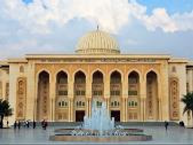 | A 11 × 14 m courtyard positioned north–east and surrounded by a 3 m high wall. The design features are:
|  |
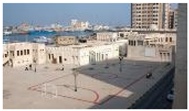 Calligraphy Square at the Sharjah Calligraphy Museum | A 20 × 50 m courtyard that preserves the traditional urban planning. The design features are:
|  |
Bayt Al Nabudah/ house of Nabudah | An important meeting place for family and reception space for guests. The design features are:
|  |
| Time | Picture | Summer | Winter | |
|---|---|---|---|---|
| Courtyard 1 | 8 a.m.–10 a.m. |  | 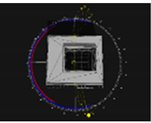 |  |
| 1 p.m.–2 p.m. |  | 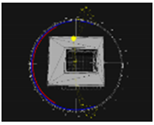 | 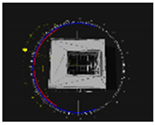 | |
| 4 p.m.–5 p.m. | 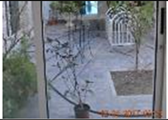 |  |  | |
| Courtyard 2 | 8 a.m.–10 a.m. | 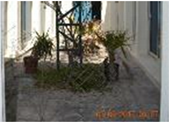 | 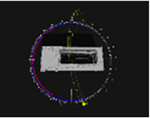 | 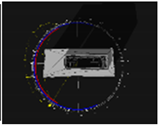 |
| 1 p.m.–2 p.m. | 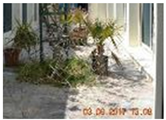 | 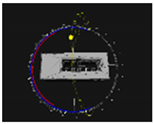 |  | |
| 4 p.m.–5 p.m. | 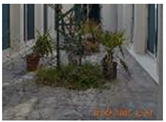 | 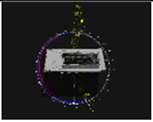 |  |
| Time | Picture | Summer | Winter | |
|---|---|---|---|---|
| Courtyard 3 | 8 a.m.–10 a.m. | 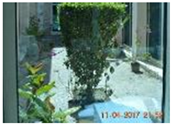 |  | 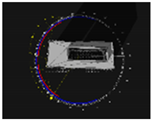 |
| 1 p.m.–2 p.m. |  | 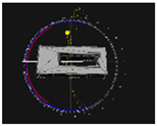 |  | |
| 4 p.m.–5 p.m. | 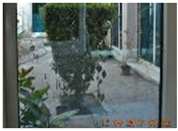 |  |  | |
| Courtyard 4 | 8 a.m.–10 a.m. |  |  |  |
| 1 p.m.–2 p.m. | 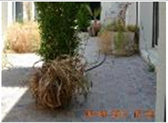 | 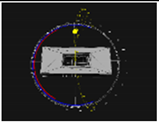 | 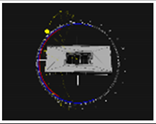 | |
| 4 p.m.–5 p.m. | 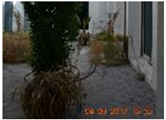 |  |  |
Publisher’s Note: MDPI stays neutral with regard to jurisdictional claims in published maps and institutional affiliations. |
© 2021 by the authors. Licensee MDPI, Basel, Switzerland. This article is an open access article distributed under the terms and conditions of the Creative Commons Attribution (CC BY) license (https://creativecommons.org/licenses/by/4.0/).
Share and Cite
Ibrahim, I.; Al Badri, N.; Mushtaha, E.; Omar, O. Evaluating the Impacts of Courtyards on Educational Buildings, Case Study in the University of Sharjah. Sustainability 2022, 14, 141. https://doi.org/10.3390/su14010141
Ibrahim I, Al Badri N, Mushtaha E, Omar O. Evaluating the Impacts of Courtyards on Educational Buildings, Case Study in the University of Sharjah. Sustainability. 2022; 14(1):141. https://doi.org/10.3390/su14010141
Chicago/Turabian StyleIbrahim, Iman, Nadia Al Badri, Emad Mushtaha, and Osama Omar. 2022. "Evaluating the Impacts of Courtyards on Educational Buildings, Case Study in the University of Sharjah" Sustainability 14, no. 1: 141. https://doi.org/10.3390/su14010141
APA StyleIbrahim, I., Al Badri, N., Mushtaha, E., & Omar, O. (2022). Evaluating the Impacts of Courtyards on Educational Buildings, Case Study in the University of Sharjah. Sustainability, 14(1), 141. https://doi.org/10.3390/su14010141








